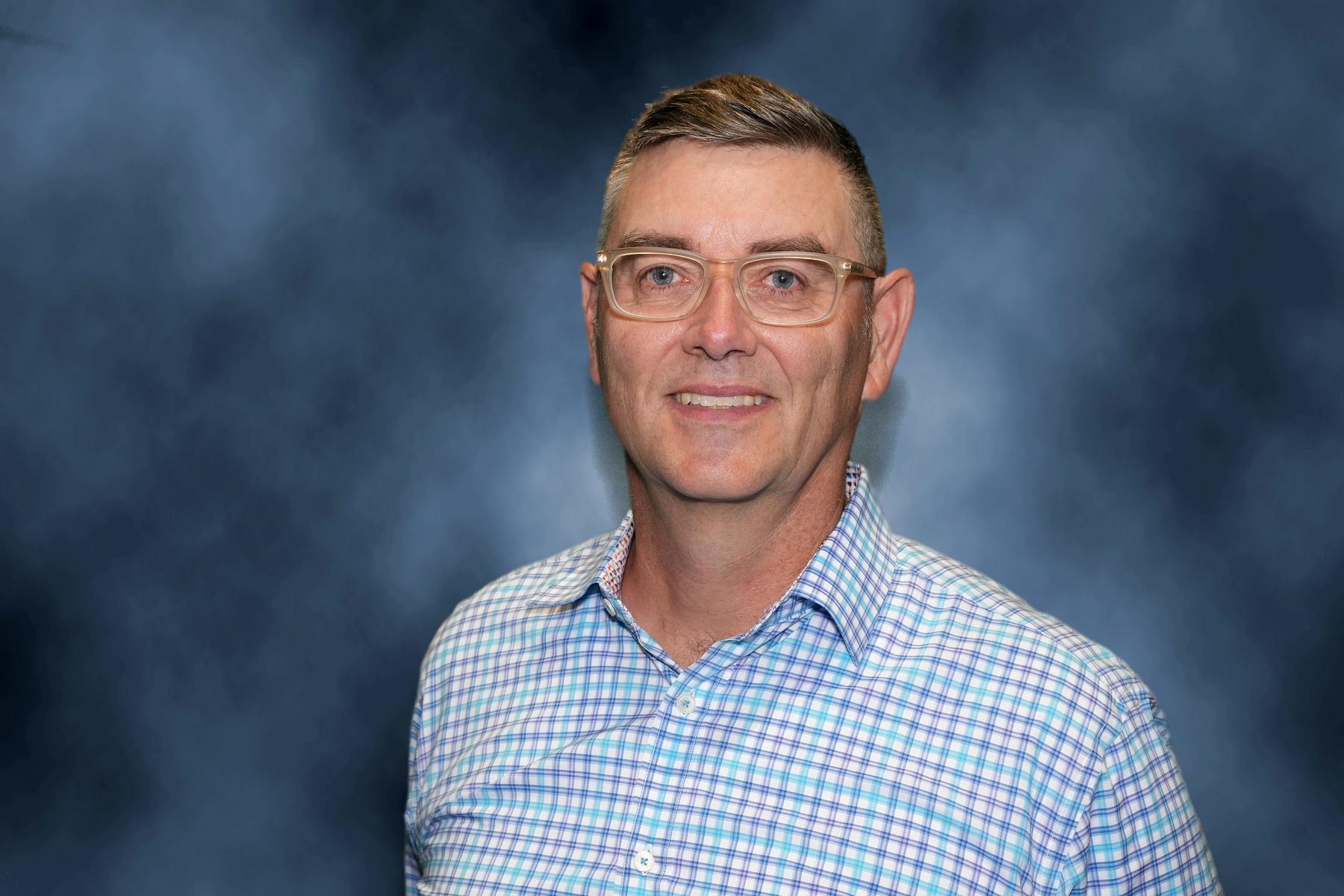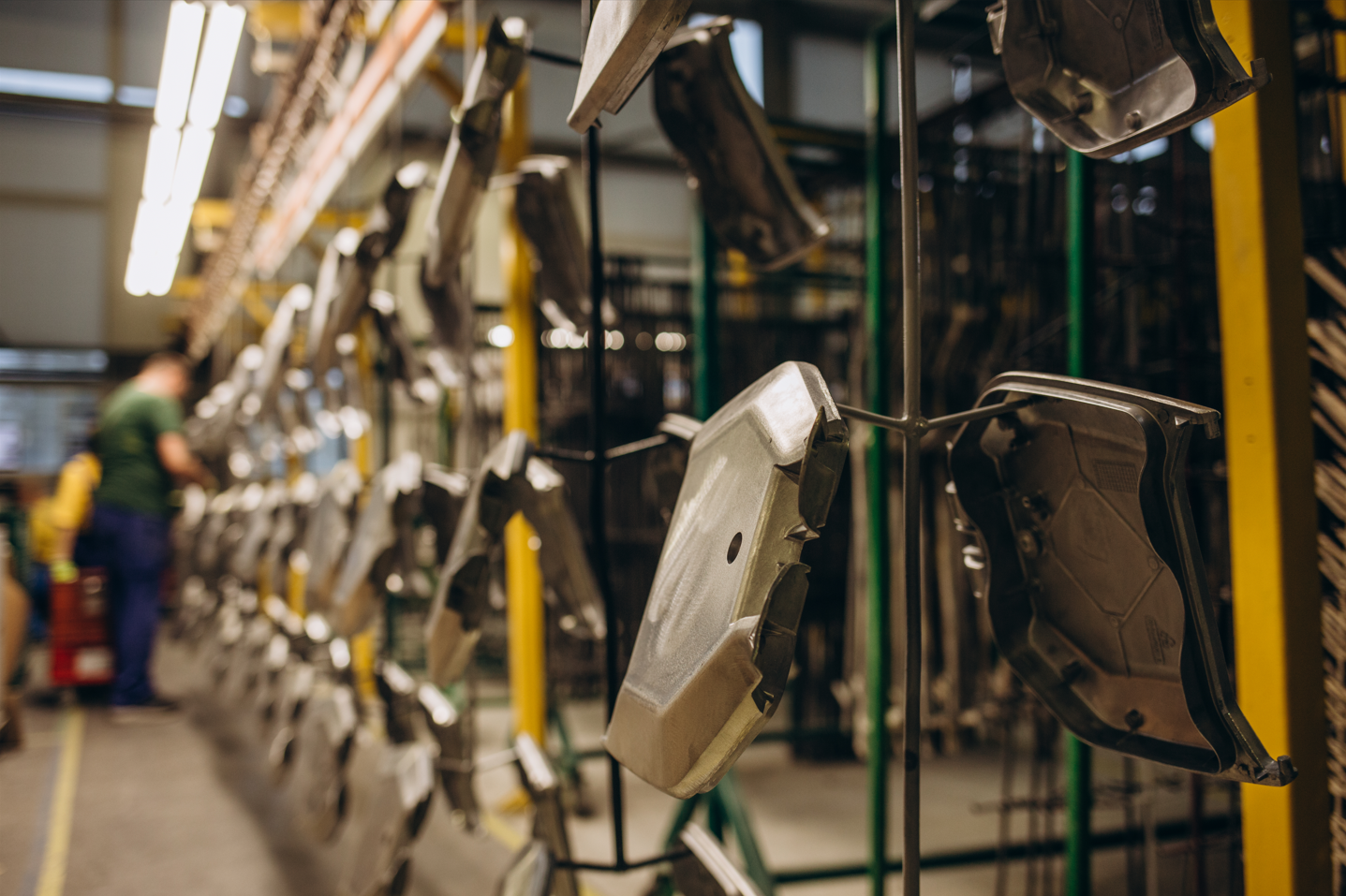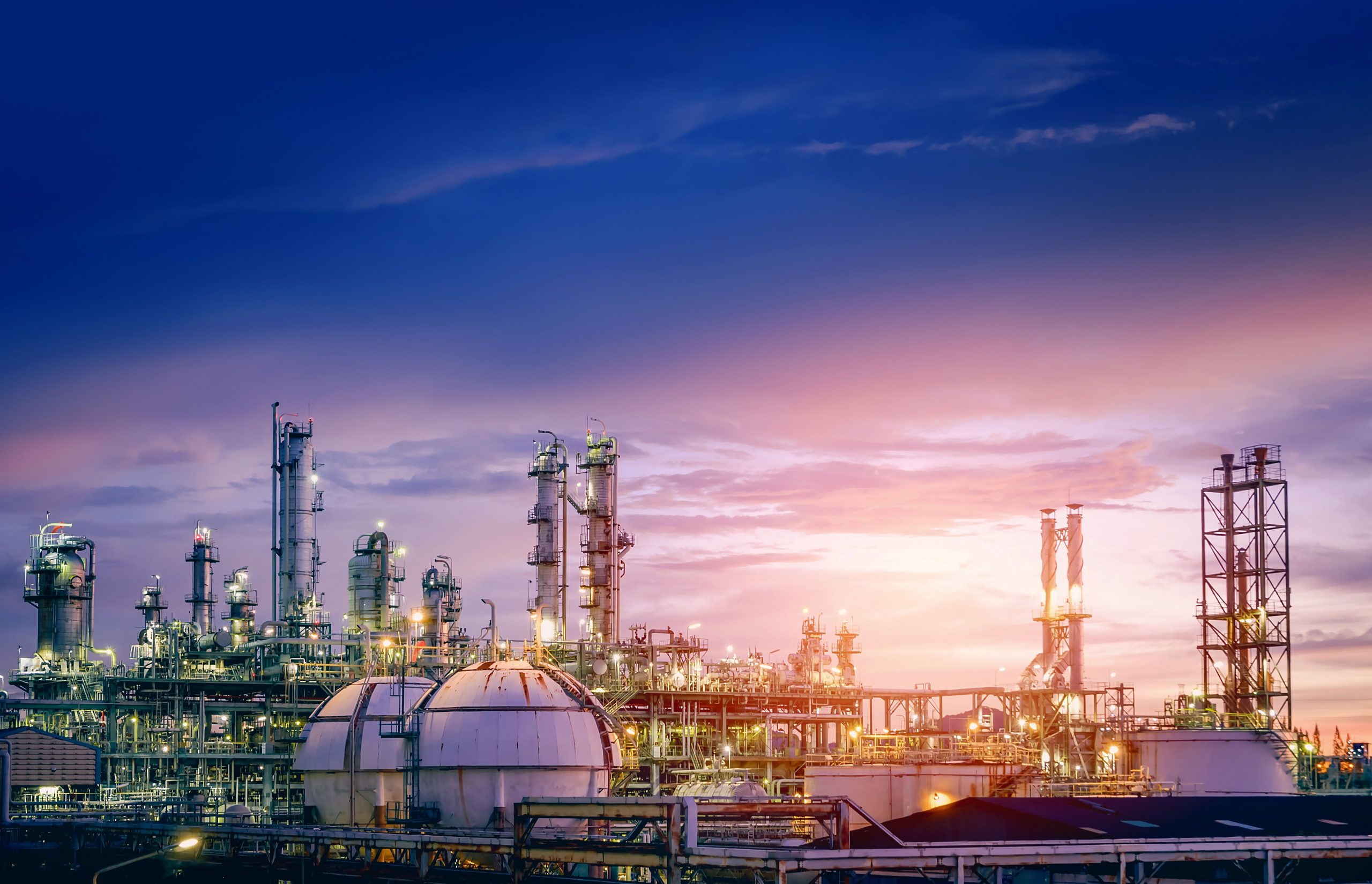Chemical Processing
The most often encountered contaminants from the chemical processing industry are organic in nature, though there are certainly processes which introduce metals, inorganics, total dissolved solids (TDS) and total suspended solids (TSS) as well. Regarding organic contaminants, they can generally be segregated into two classes: those which can be readily biodegraded (BOD contaminants), and compounds which are very difficult-to-biodegrade (COD contaminants). Biological treatment methods can include Aerobic Granular Sludge (AGS), Moving Bed Biofilm Reactors (MBBRs) and Membrane Biological Reactors (MBRs) to name a few. For waste streams containing both BOD and COD, it is often necessary to treat the biological effluent with an Advanced Oxidation Processes (AOP). Effluent from the biological stage enters an AOP process (some combination of UV/H2O2/O3/Plasma) and is either discharged after treatment or sent back to the biological process as appropriate.
Food & Beverage
Food and beverage processors typically consume high volumes of water and generate high organic-strength wastewater. Major pollutant loadings include Biological Oxygen Demand (BOD) and Chemical Oxygen Demand (COD), Total Suspended Solids (TSS), Fats, Oils and Greases (FOGs) and nutrients in varying concentrations. Primary treatment methods include Oil-Water Separators (OWS) and Dissolved and Suspended Air Flotation (DAF and SAF), while secondary treatment methods include Aerobic Granular Sludge (AGS), Moving Bed Biofilm Reactors (MBBRs) and Membrane Biological Reactors (MBRs) to name a few. Given the high levels of water consumption in F&B facilities, water recycle/reuse tends to be part of most wastewater upgrades and greenfield projects. For that reason, MBR is becoming more and more the choice for secondary treatment as the water quality from MF membranes approaches reuse quality even without additional treatment.

Landfill Leachate
Landfill leachate drainages can be some of the more challenging wastewaters we encounter, depending on the region of the country and solid waste sources that are accepted. The National Pollutant Discharge Elimination System (NPDES) imposes limits on oxygen demanding contaminants, dissolved and suspended solids, metals, and compounds toxic to aquatic life, and depending on the contribution of leachate water to local wastewater treatment plants, significant pretreatments can be required of the landfills. While historically Biological and Chemical Oxygen Demand (BOD and COD) have been the most common treatment requirements, limits for metals, nutrients and toxic substances like Perfluorinated Chemicals (PFAS, PFOS, PFOA, etc.) are more and more common as pretreatment requirements.
Metal Finishing
As one would expect, metal finishing wastewater can contain any number of metals contaminants, in addition to cyanide, solids and other process constituents. Heavy metals in particular are of particular concern because of their toxicity to biological life. Heavy metals typically present in metal finishing wastewater include Cd, Cu, Ni and Zn, though the more concering metals are those many recognize – Cr (VI) and Pb. Approaches for removing metals include co-precipitation with coagulants such as Ferric Chloride, anodic electrocoagulation, media adsorption and even membrane treatment. Properly designed systems include a Cr (VI) reduction to Cr (III) before co-precipitation, and Cyanide requires oxidation by means of either chemical or AOP treatment.
Mining
Whether mining for coal, gold or rare earth metals, wastewater generated from underground sources or rainwater is a critical consideration in mine operation – one that persists into the distant future even after mine closure. In general, most mining wastewater contains the metals/metalloids present in the region, but it can also be acidic, high in suspended solids, and contaminated with organic compounds as well. Approaches for removing metals in minewater include chemical co-precipitation (usually High-Density Sludge (HDS)), electrocoagulation (EC)for smaller flows), and Advancced Oxidation Processes (AOP) in more rare cases. In some mining, especially for coal, wastewater can also require “desalination” due to the accumulation of Total Dissolved Solids (TDS). Membrane systems are used in these cases, and opportunities to recycle become obvious topics for discussion. Depending on the final point of discharge, it is also common to have to provide end-of-pipe disinfection.
Oil & Gas
The term “Oil & Gas” is a broad one from a market perspective. Regarding wastewater, it can refer to waters from upstream (exploration), mid-stream (handling and transport), downstream (refining) and end-of-use disposal operations, as well as frac/produced water. Treatment requirements include oil-water separation, metals removal, COD reduction, TDS removal and organics removal – just to name some of the most common. The equipment used for wastewater treatment include Oil-Water Separators (OWS) for oil removal, Dissolved and Suspended Air Flotation (DAF and SAF) for oil and TSS removal, Moving Bed BioReactors (MBBR) for COD removal, and chemical conditioning followed by membrane treatment for Total Dissolved Solids (TDS) removal with saline waters. There are a number of other contaminents common to Oil & Gas wastewaters that can require more specific treatment approaches, and at this point we’ve probably seen them all.
Power
Water is liquid gold at the power plant. Recharge water, Boiler Feed water, Cooling Tower water, Condensate water – there is a need for high-purity water in practically all aspects of power plant operations. The treatment equipment that support these process water types are primarily softening systems and membrane separation systems like ultrafiltration (UF), nanofiltration (NF) and reverse osmosis (RO). Power plant wastewaters vary significantly based on the age of the plant and generation technologies, but almost always include neutralization, TSS removal and sometimes polishing for metals and nutrients via co-precipitation techniques.
Other
Semiconductor
A byproduct of complicated surface finishing and chemical vapor deposition processes, semiconductor wastewaters are inherently difficult to treat. Whether Ammonia, Acids, Azoles, COD or metals, let’s talk and see how we can help.
Pharmaceutical
Characterized by high ammonia, organics, BOD/COD, etc., pharmaceutical wastewaters often require some less traditional treatment approaches including Advanced Oxidation Processes (AOPs) and advanced biological treatments. Mosaic can help with practically any application.
Stormwater
While we have a full suite of treatment solutions for wet weather overflow events, the AquaStorm system from Aqua Aerobic Systems might be the most versatile and robust, designed to handle large flows in a fraction of space compared to other wet weather treatment technologies.
Microplastics
Microplastics come in a wide variety of sizes and chemical compositions, and include fibers, flakes, foams and pellets; Mosaic has a variety of sub-5 µm filtration technologies capable of removing 95%+ of particulate microplastics.
Contact Us

Curtis Wood
(720) 546-5892
curtis@mosaicwatersystems.com

Will McHale
(303) 656-5498
will@mosaicwatersystems.com

